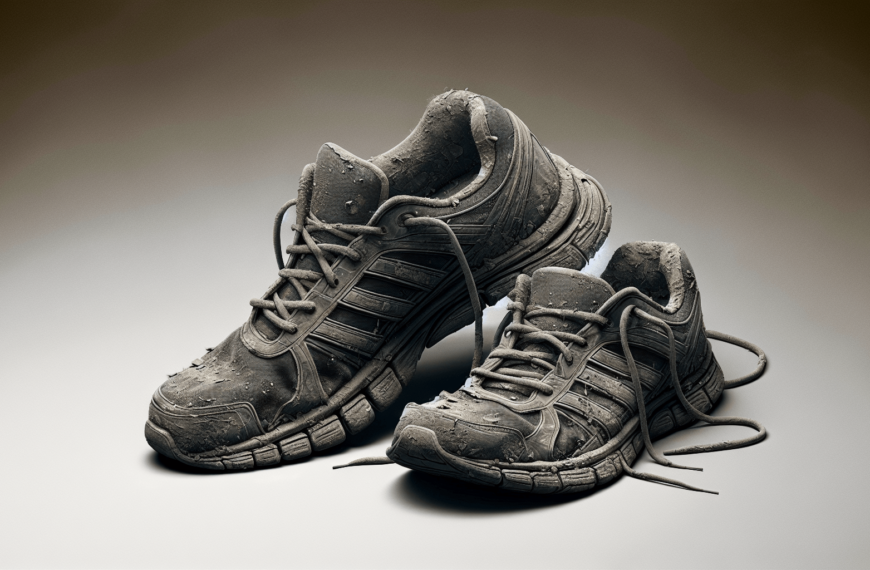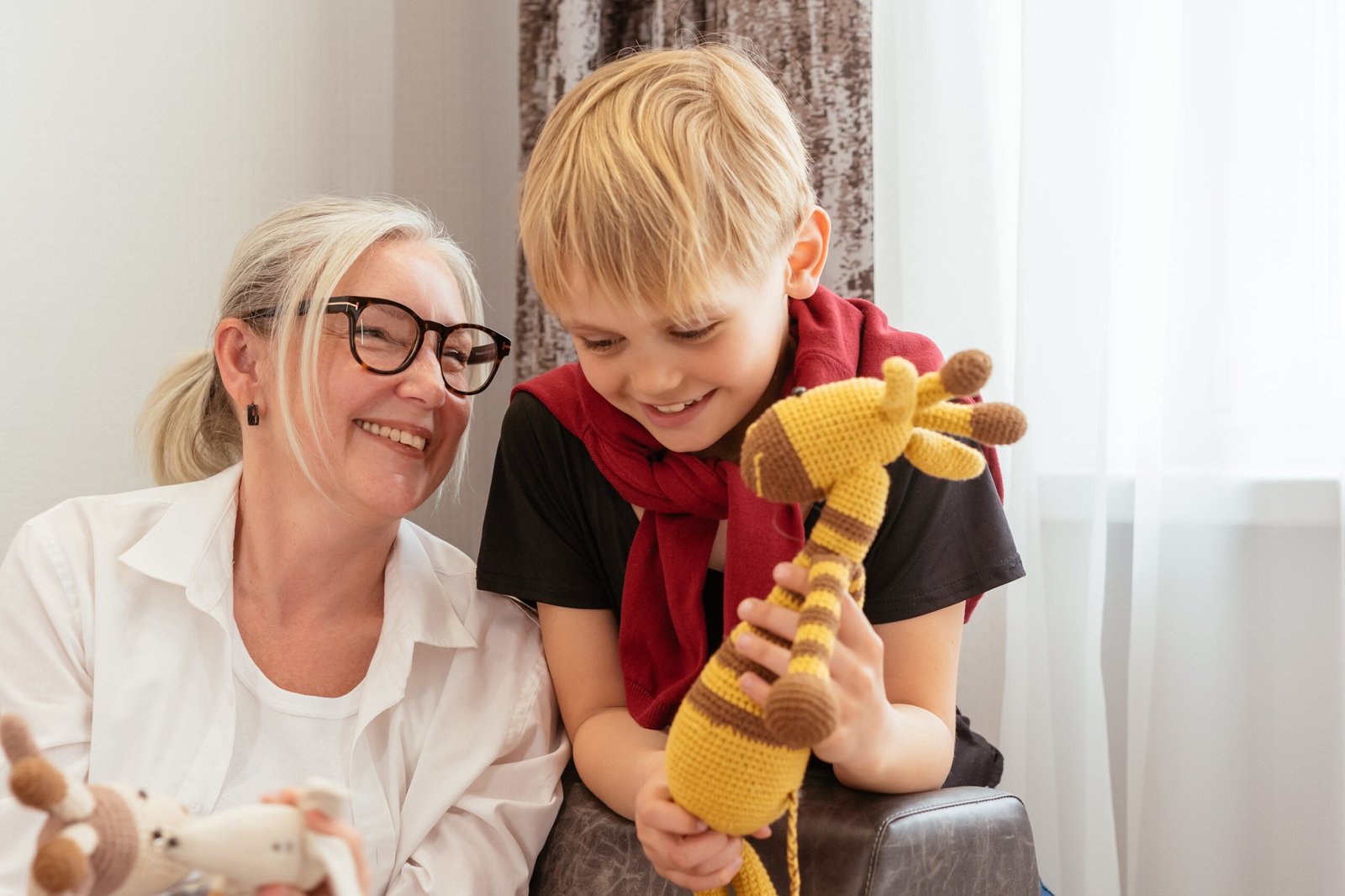Sitting up is a significant milestone for both babies and parents, symbolizing independence and growth. As babies gain the ability to sit unsupported, they can explore their surroundings and play with toys more freely. However, parents may be unsure of when to expect this milestone and how to help their baby achieve it. In this article, we will answer the question of when babies start sitting up on their own, explore signs that indicate they are ready to start sitting, discuss how babies learn to sit up, provide tips on how to help them, and highlight the next milestones to expect after sitting. Additionally, we will offer guidance on what to do if there are concerns about a developmental delay. By understanding these important aspects, parents can support their baby’s development and navigate this exciting stage with confidence.
When Do Babies Sit Up?
Sitting up is a monumental rite of passage for babies and their parents. It signifies independence and growing up. Most parents eagerly anticipate the moment when their baby can sit up on their own. But when exactly does this milestone occur? In this article, we will explore when babies typically start sitting up, signs that indicate they’re ready to start sitting up, how babies learn to sit up, and tips for helping them achieve this milestone. We will also discuss what milestone comes next after sitting up and what to do if you suspect a developmental delay in your baby.
Read more about the latest articles
When Do Babies Sit Up?
Babies start showing signs of sitting up around 6 months of age. At this stage, they may be able to sit in a supported seat, such as a tripod sitting position, where they prop themselves up by leaning forward on their hands. However, it’s important to note that babies will still require support from behind or the sides to maintain their upright position. According to the Centers for Disease Control and Prevention (CDC), babies should be able to sit up without support by 9 months of age. In a large study on gross motor development, it was found that most babies achieved independent sitting by around 9 months, with the earliest baby sitting without support at just under 4 months and the oldest at 9 months. The average age for sitting without support in this study was 6 months old. These milestones may vary slightly from baby to baby, but these are general guidelines for parents to keep in mind.
Signs Your Baby Is Almost Ready To Start Sitting Up
Before babies can sit up independently, they need to develop head control and core strength to hold themselves upright. Some signs that indicate your baby is getting ready to start sitting up include:
- Lifting their head during tummy time: This signifies that their neck muscles are getting stronger, and they are gaining more control over their head movements.
- Using their arms to hold up their upper body during tummy time: This shows that their upper body strength is improving, which is essential for sitting up.
- Rolling over: Rolling from their back to their tummy and vice versa is a significant gross motor milestone. It demonstrates that they have enough body control and strength to move and transition between positions.
If your baby is displaying these signs, it’s a good indication that they are almost ready to start practicing sitting up on their own.
How Do Babies Learn To Sit Up?
Babies develop their strength and coordination gradually, moving from head to feet. The first form of sitting for babies is the tripod sitting position, where they prop themselves up using their arms as support between their outstretched legs. Initially, babies may need assistance to sit up and maintain their position. As their posture and strength improve, they will gradually learn to sit without the support of their hands. However, it’s important to note that even when babies can sit unsupported, they may still need to catch themselves or may topple over from time to time as they continue to work on their balance and stability. Eventually, they will reach a stage where their sitting position becomes more stable, allowing them to maintain their balance even while twisting their head or moving their arms.
How To Help Baby Sit Up
As a parent, there are several things you can do to help your baby practice sitting up and develop the necessary skills. Here are some tips and techniques:
Provide Support
You can provide support to your baby by sitting behind them with your legs in a V shape, which will provide support from behind and on the sides. This will help them maintain their sitting position while they practice balancing. You can also place your hands around their torso or ribs to hold them up, gradually reducing the amount of support as they gain more confidence and strength to sit unassisted.
Tummy Time
Tummy time is crucial for developing head control and core strength. Allowing your baby to spend time on their tummy strengthens their neck and upper body muscles, which are essential for sitting up. You can start tummy time from the early stages of infancy and gradually increase the duration as your baby gets stronger. It’s important to always supervise your baby during tummy time and provide a safe and comfortable surface for them to practice on.
Exercise and Massage
In some cultures, infant exercise and massage are believed to help babies sit at younger ages. Engaging in gentle exercises and massages can help strengthen their muscles and improve their motor skills. Consult with a healthcare professional or a certified infant massage therapist to learn safe and effective exercises and massage techniques for your baby.
Limit Container Time
While baby sit-up seats and other containers may seem convenient, they can hinder your baby’s development of independent sitting skills. These containers restrict movement and immobilize joints, preventing muscles from strengthening properly. It is important to limit the amount of time your baby spends in these containers and provide ample opportunity for free movement and exploration.
By incorporating these strategies into your baby’s daily routine, you can support their development of sitting skills and help them progress towards independent sitting.
Read more about the latest articles
Baby Sitting Up: What Milestone Comes Next?
Once your baby has mastered the skill of sitting up, it paves the way for the next set of gross motor milestones. Sitting up is usually followed by crawling on hands and knees, standing with support, walking with assistance, standing independently, and eventually walking alone. These milestones typically occur in a predictable sequence, with crawling and standing sometimes interchanging order. Around 90% of babies follow this sequential pattern in their gross motor development journey.
What To Do if You Suspect a Developmental Delay
If you notice that your baby is not meeting the expected milestones or if you have any concerns about their development, it is important to seek help and guidance. Trust your instincts as a parent and don’t hesitate to reach out to your pediatrician. They can perform a developmental screening and recommend further assessments if necessary. If you feel that a second opinion is needed, it is okay to seek one. In some cases, you may be able to make an appointment with an infant physical therapist without a referral from a doctor. Additionally, you can contact your state’s early intervention program for an evaluation and eligibility. Early intervention and therapy can make a significant difference in supporting your baby’s development, so don’t hesitate to seek assistance if needed.
Remember, every baby develops at their own pace, and there is a wide range of “normal” when it comes to achieving developmental milestones. With patience, support, and appropriate interventions, your baby will continue to grow and reach their milestones at their own unique pace. Celebrate their progress and enjoy the exciting journey of watching them grow and develop into confident individuals.
















